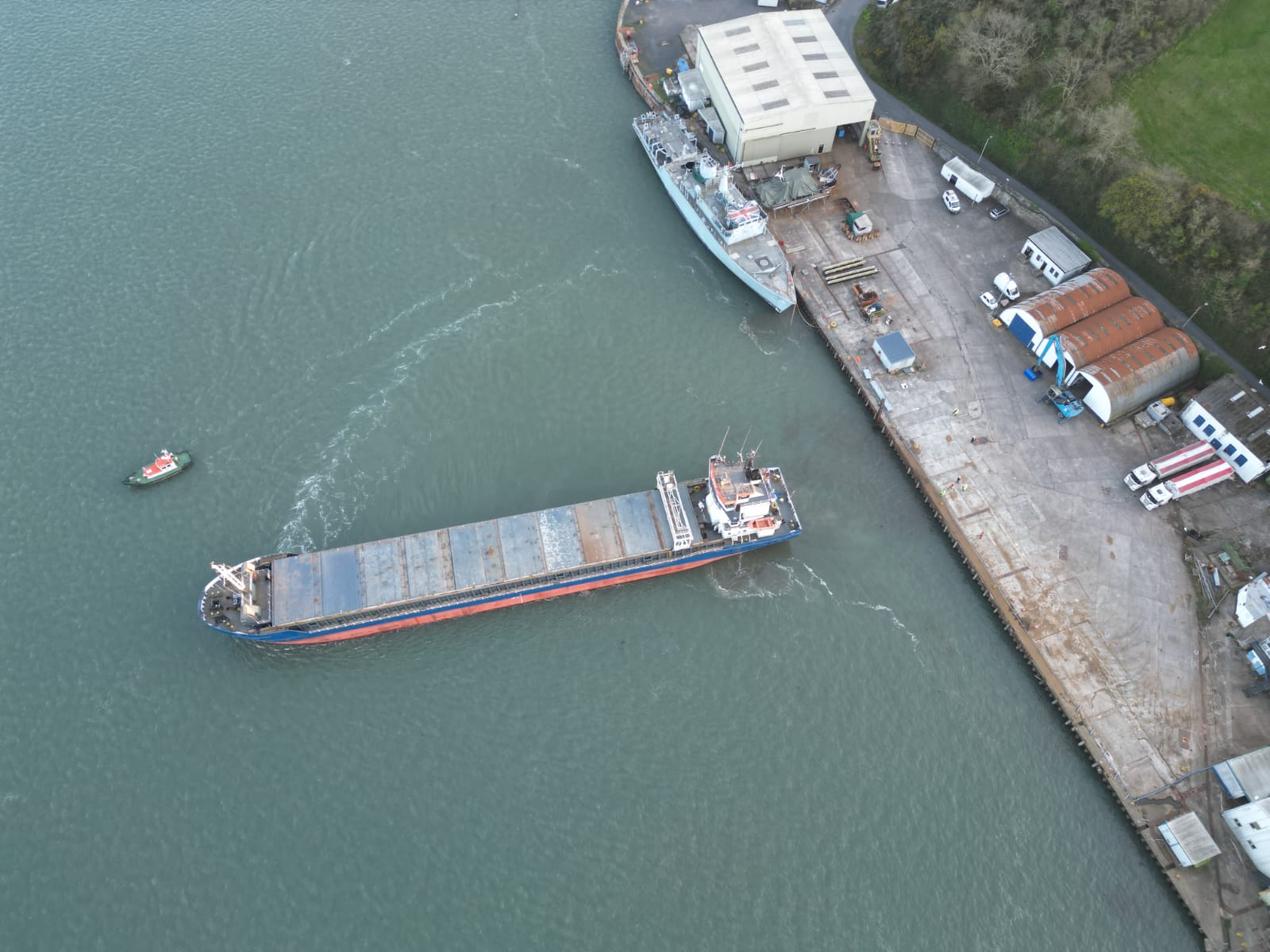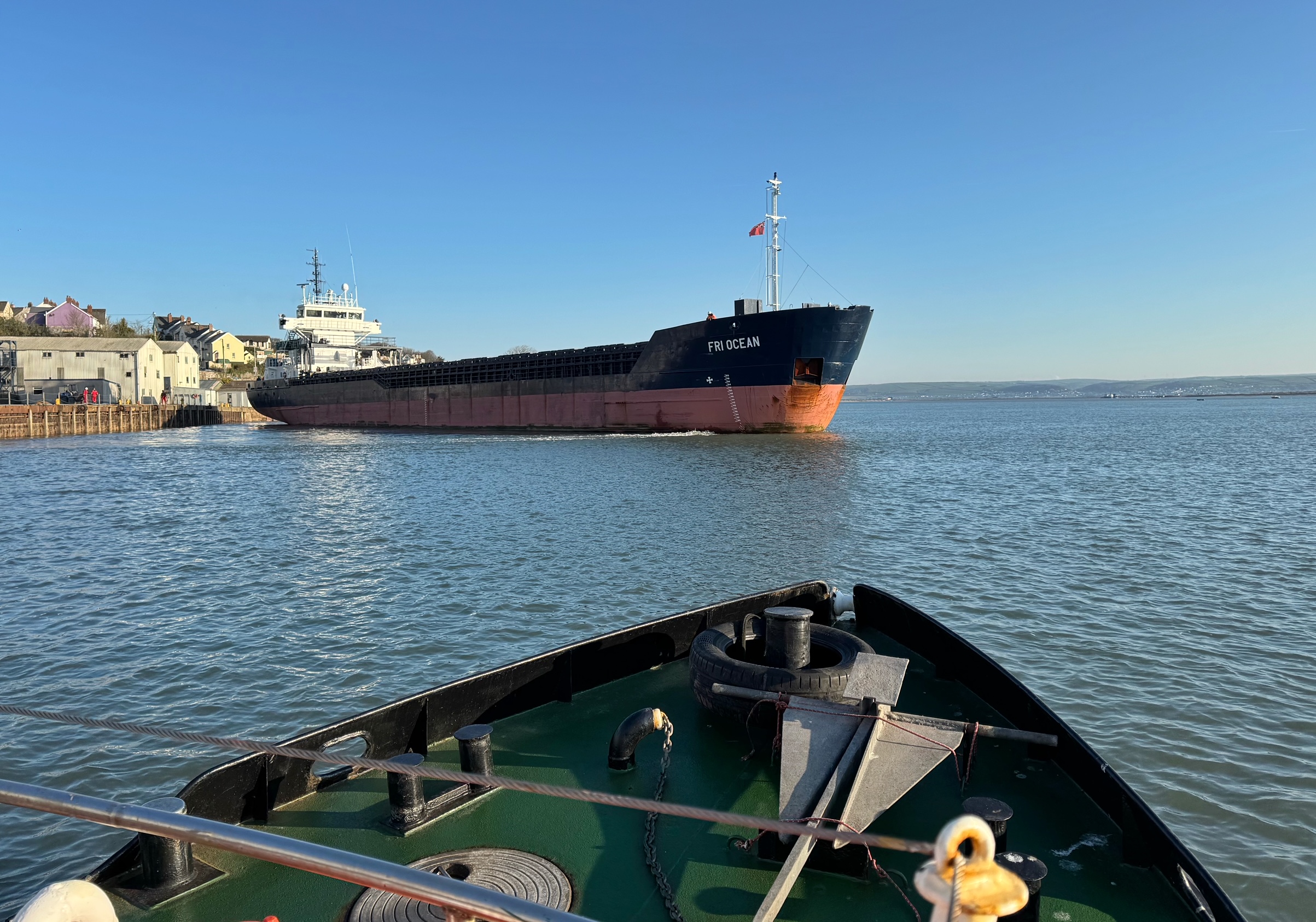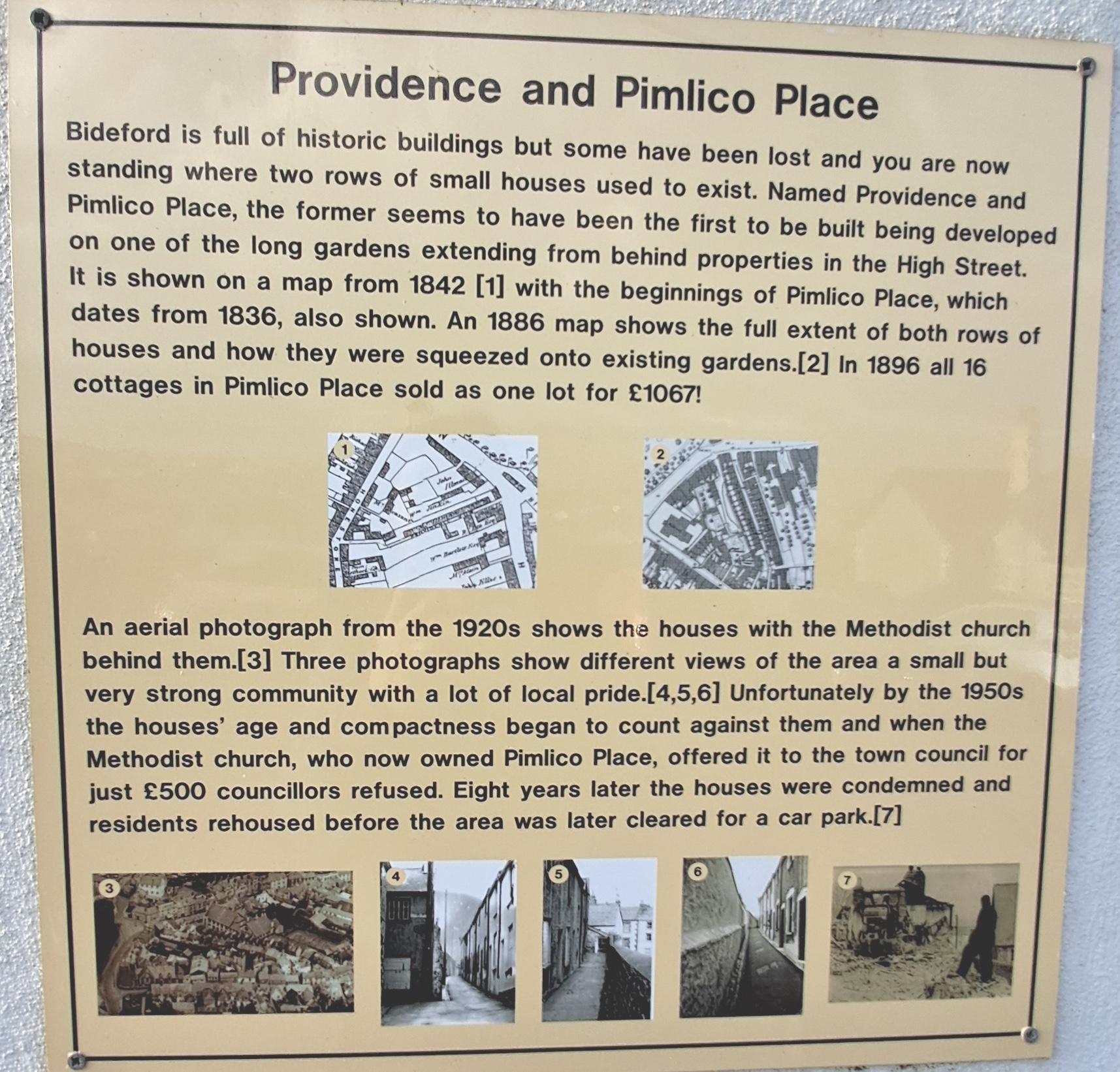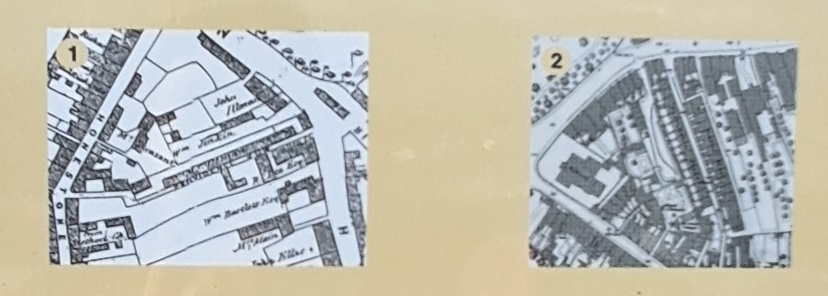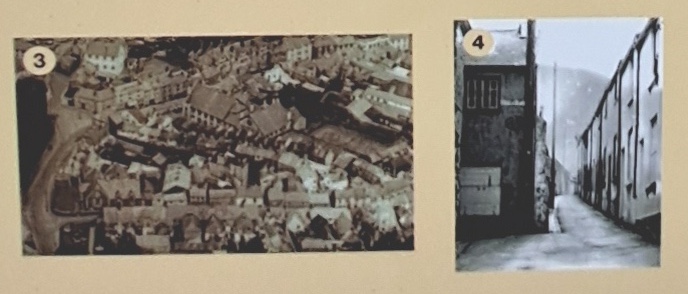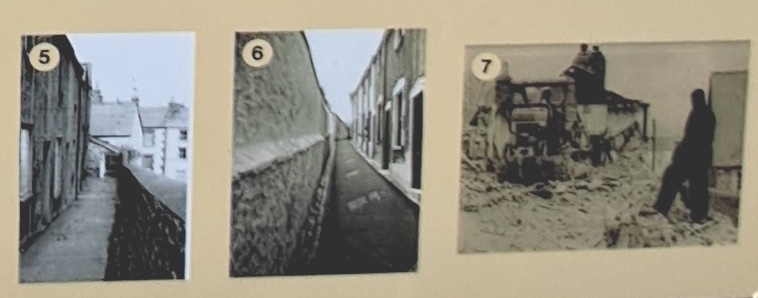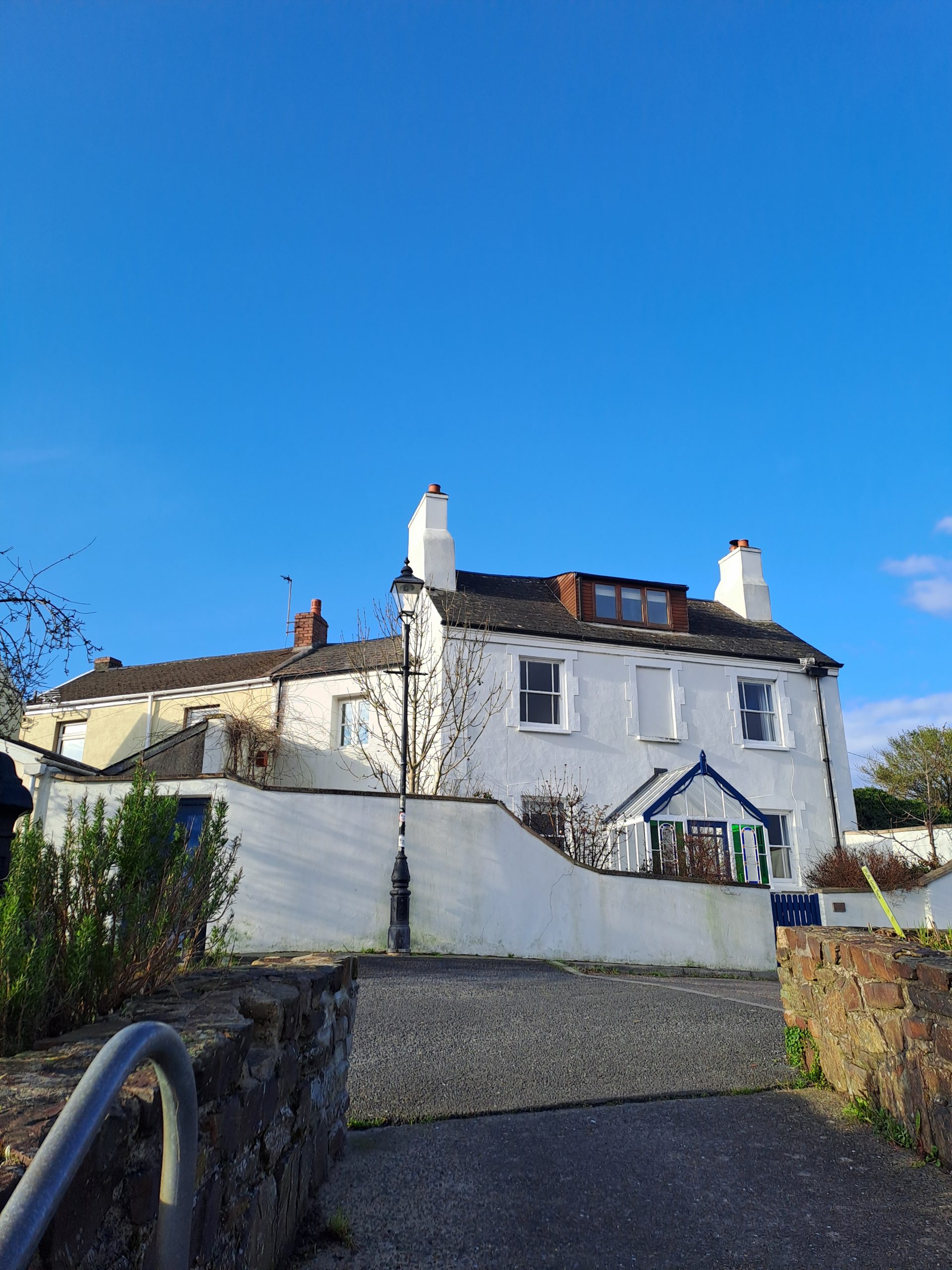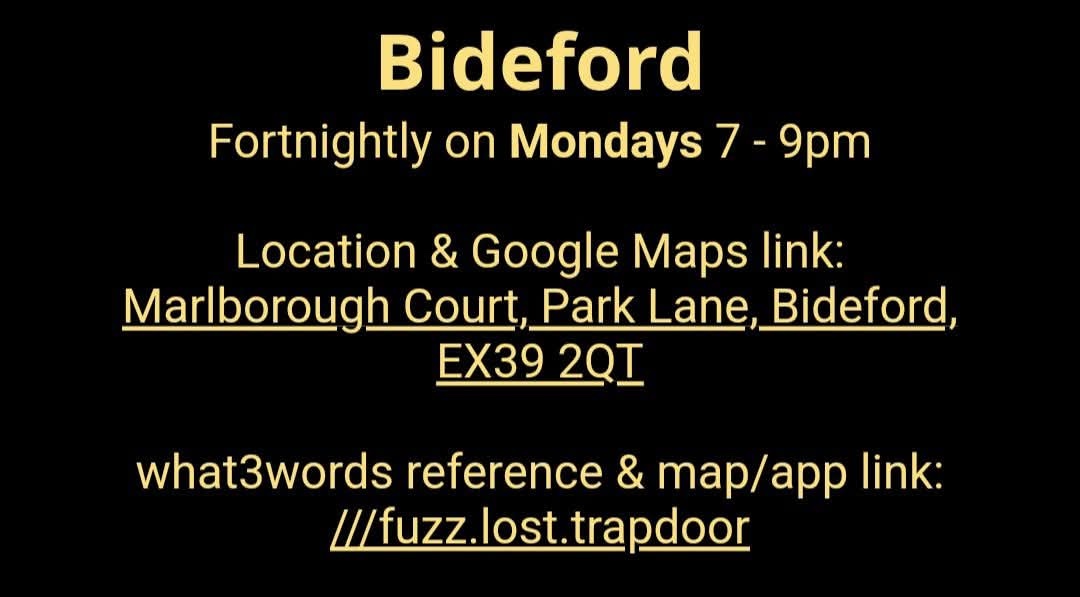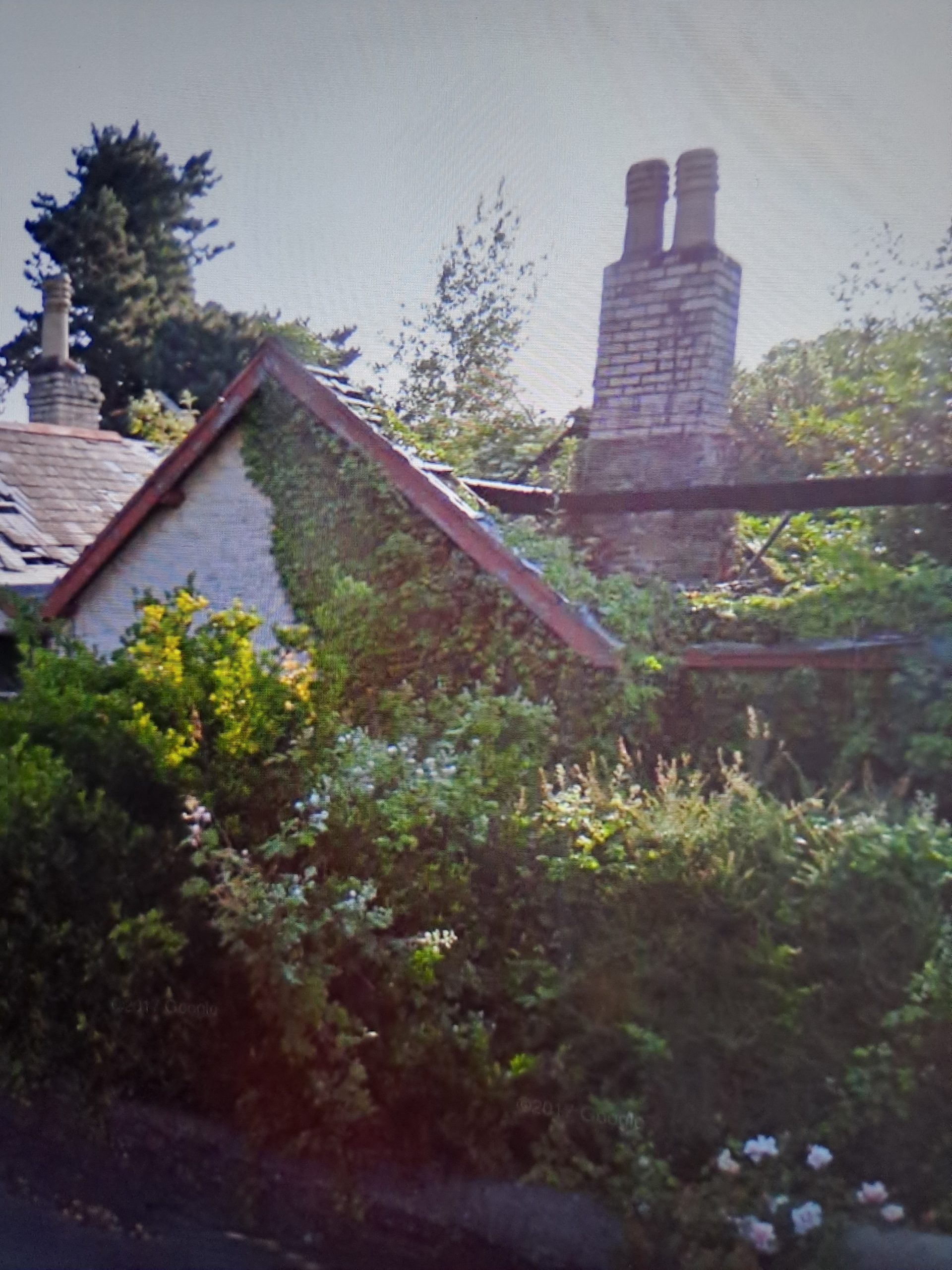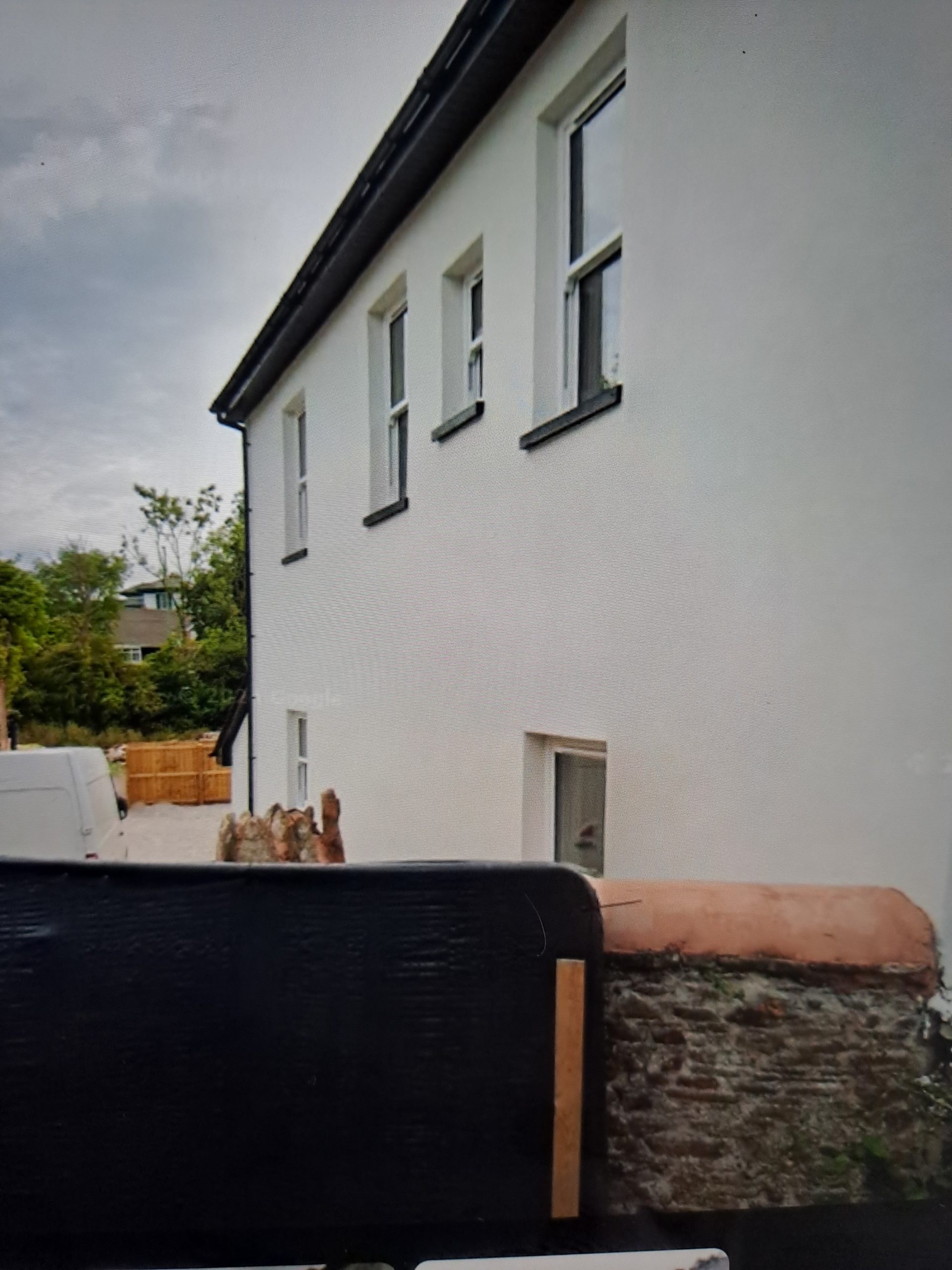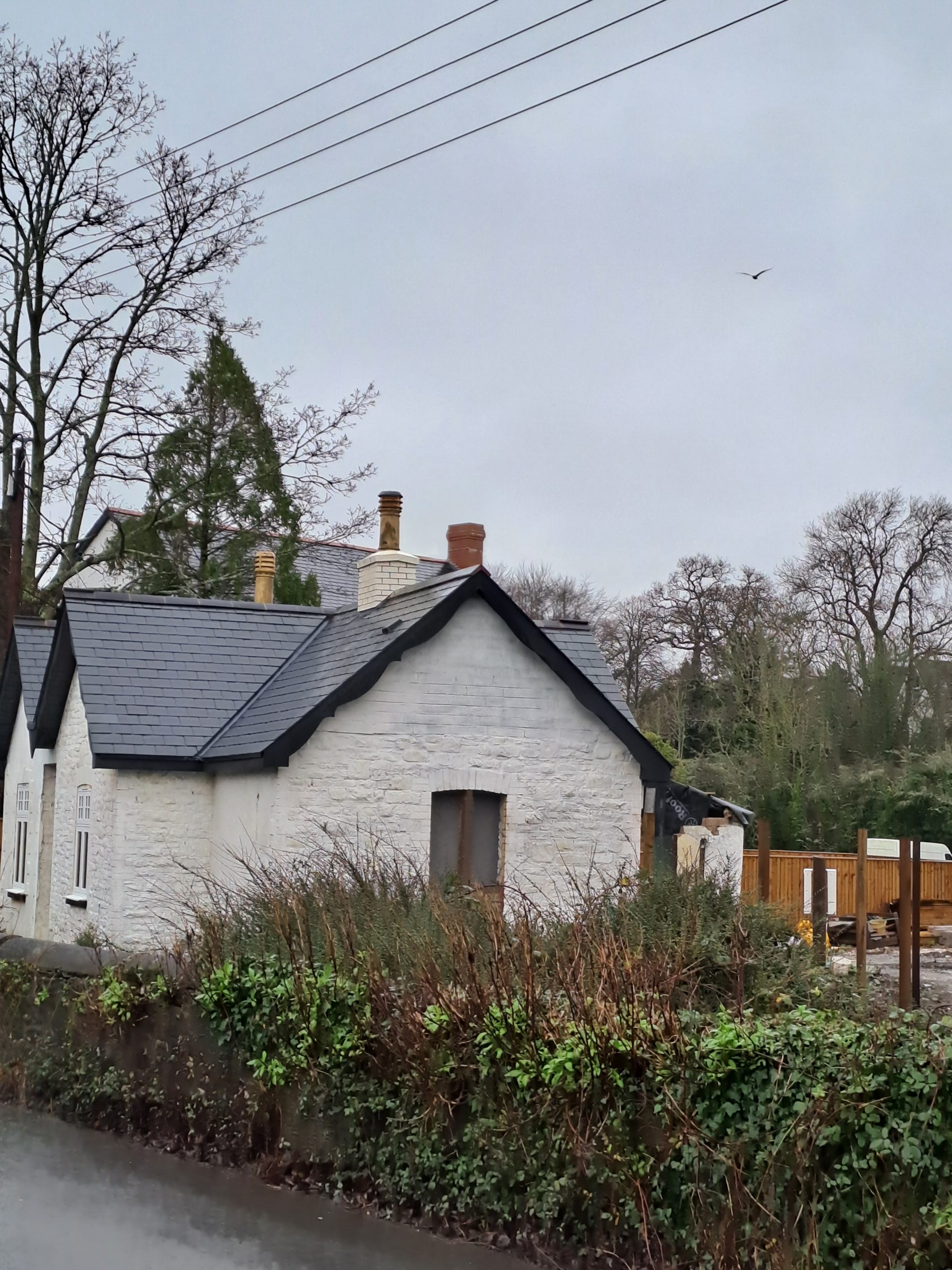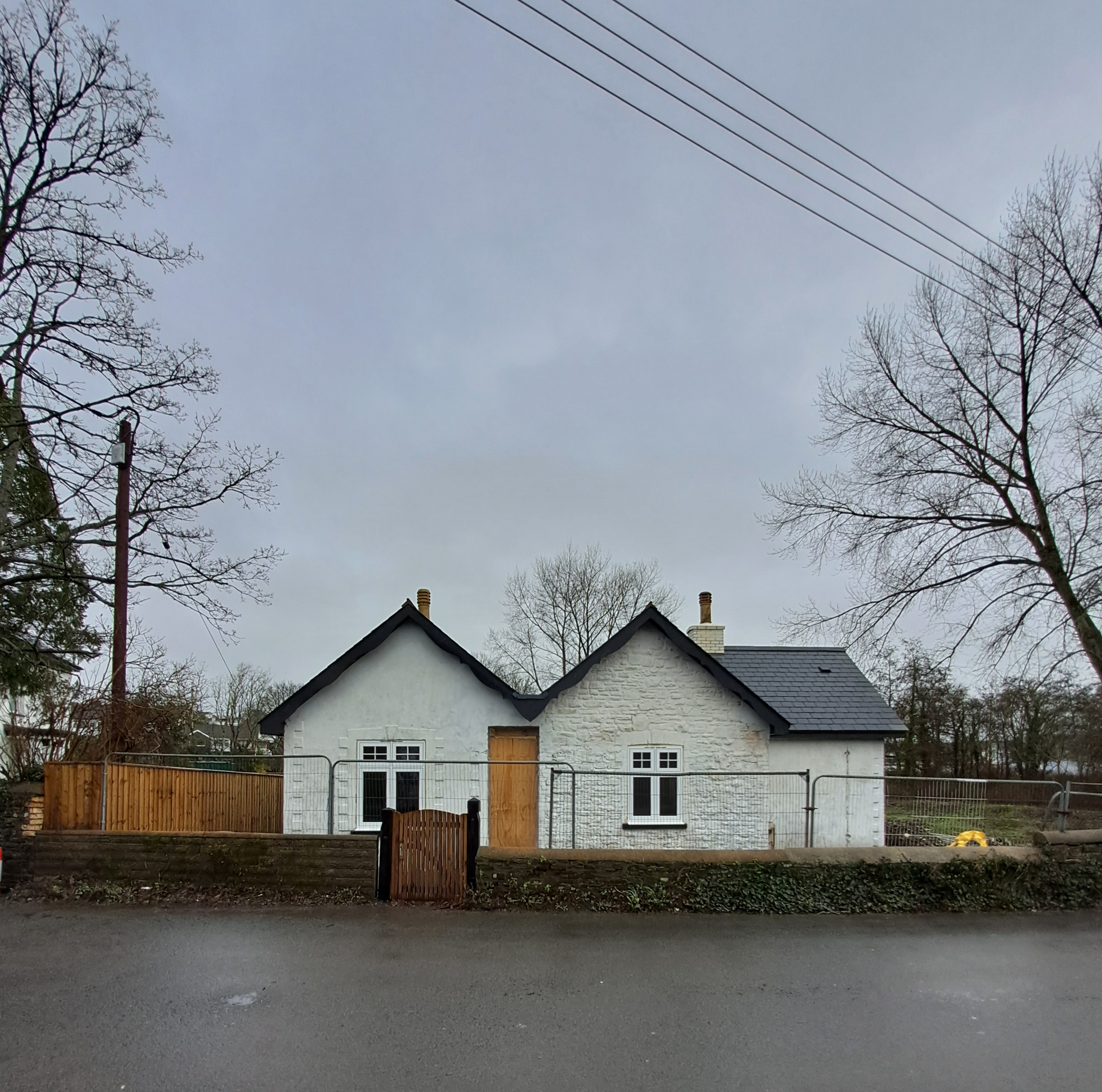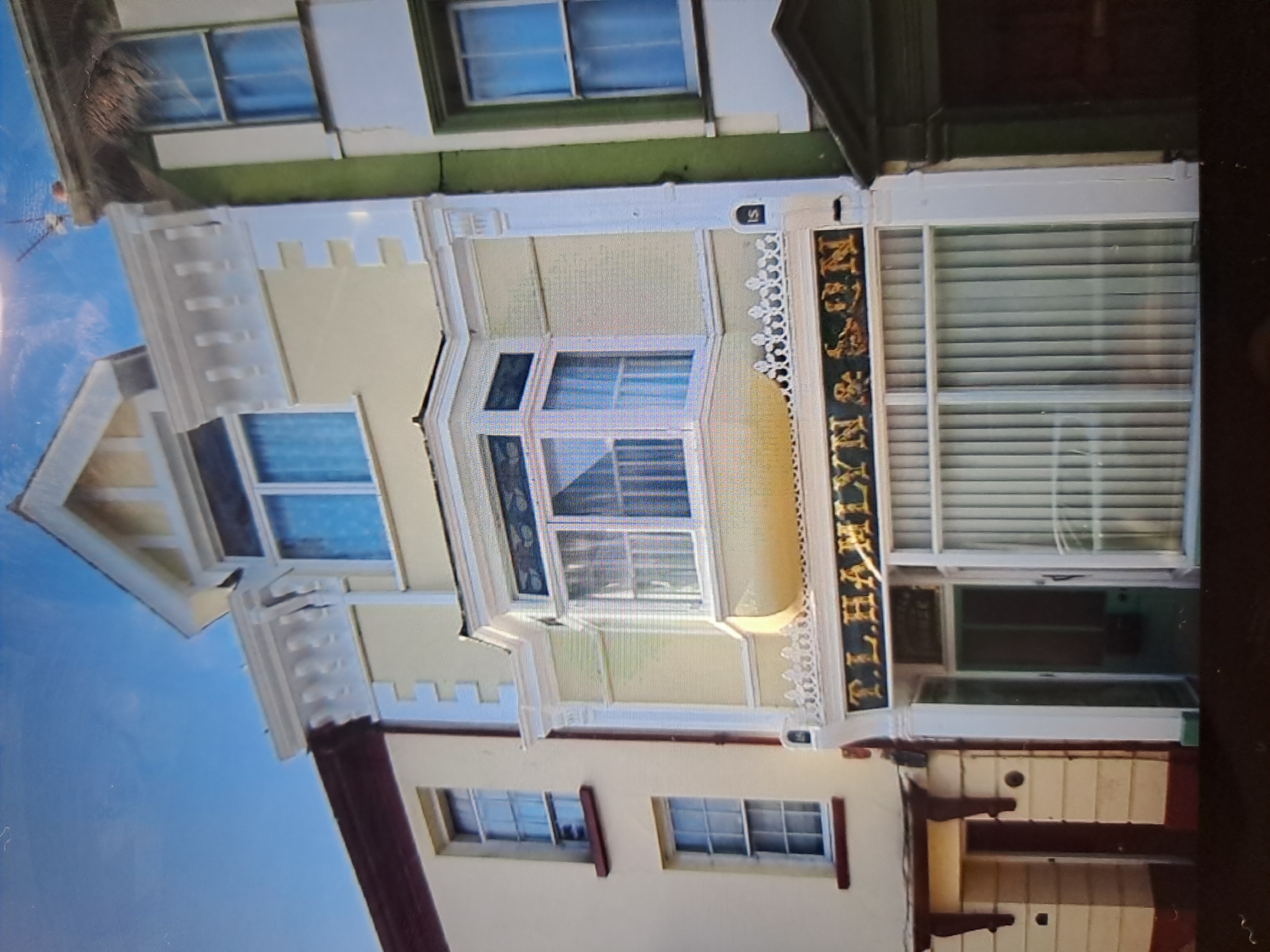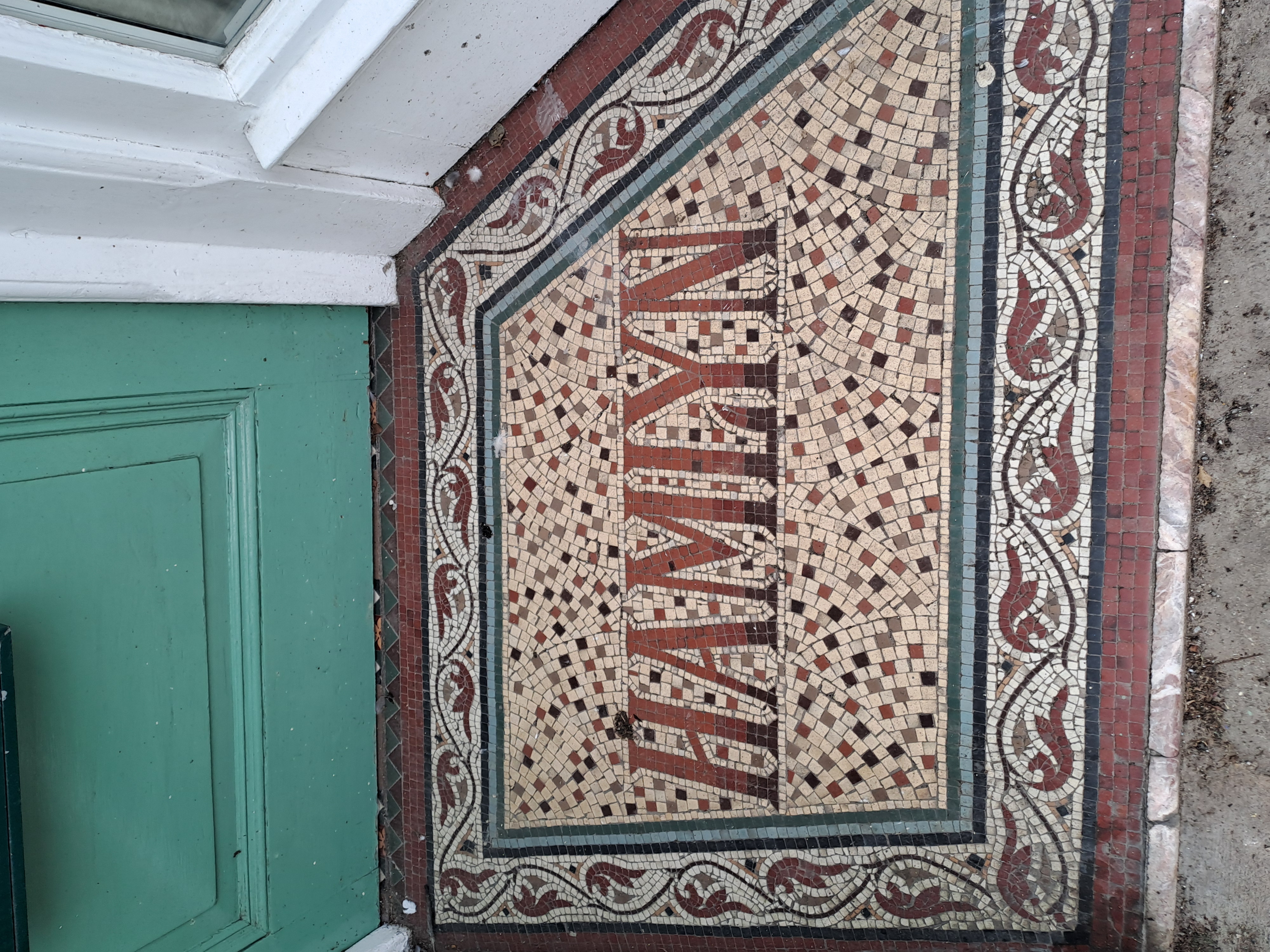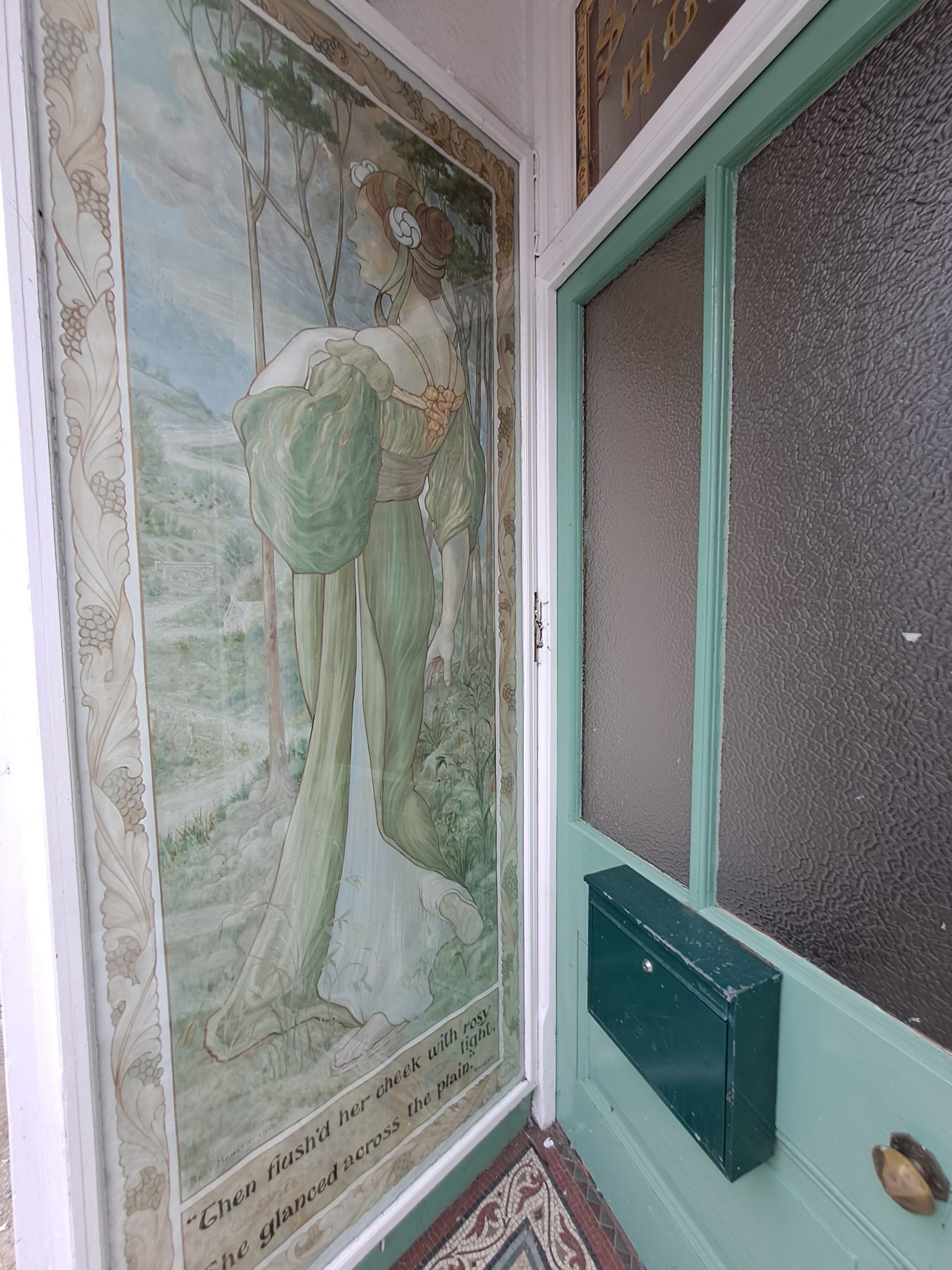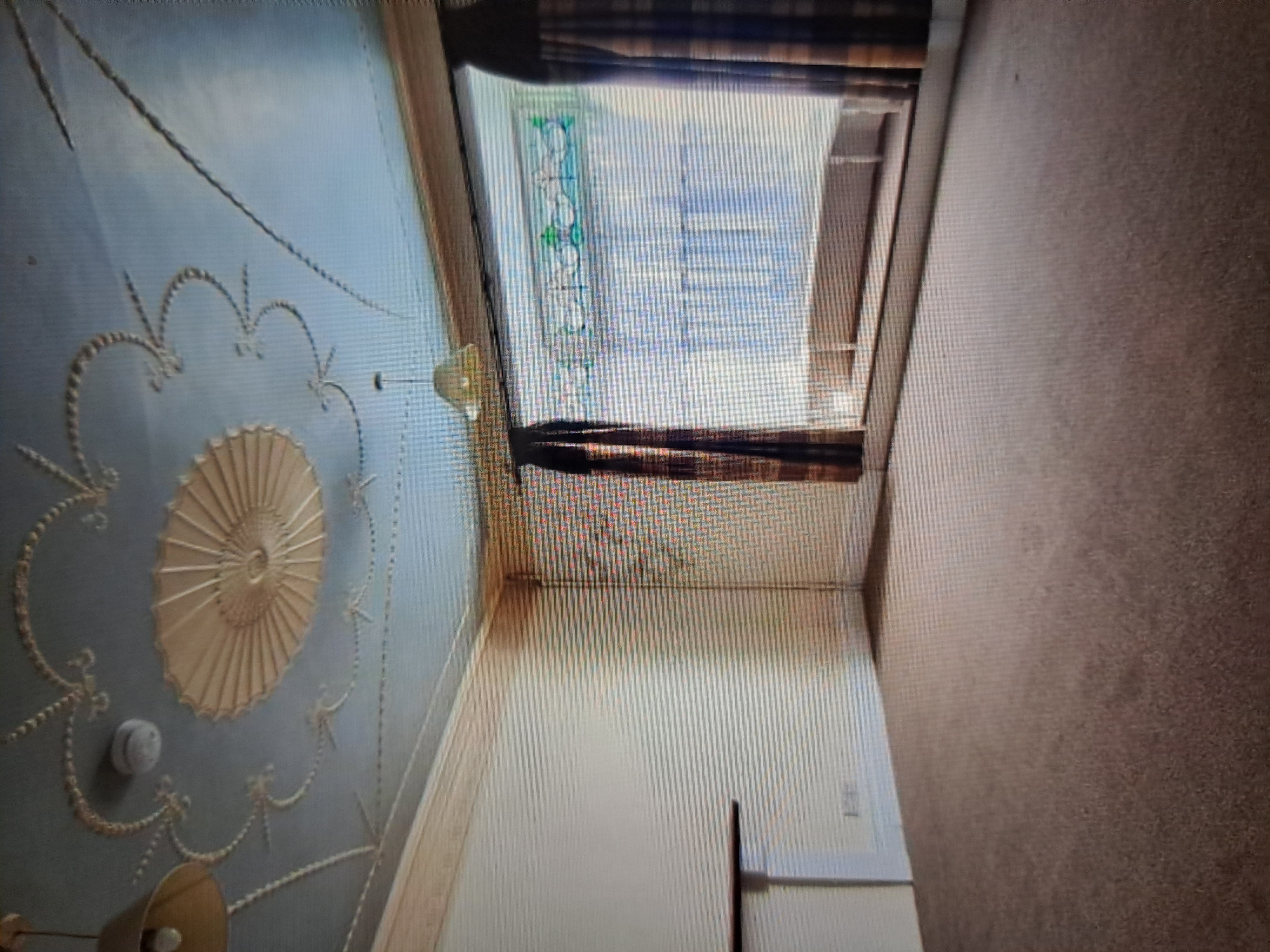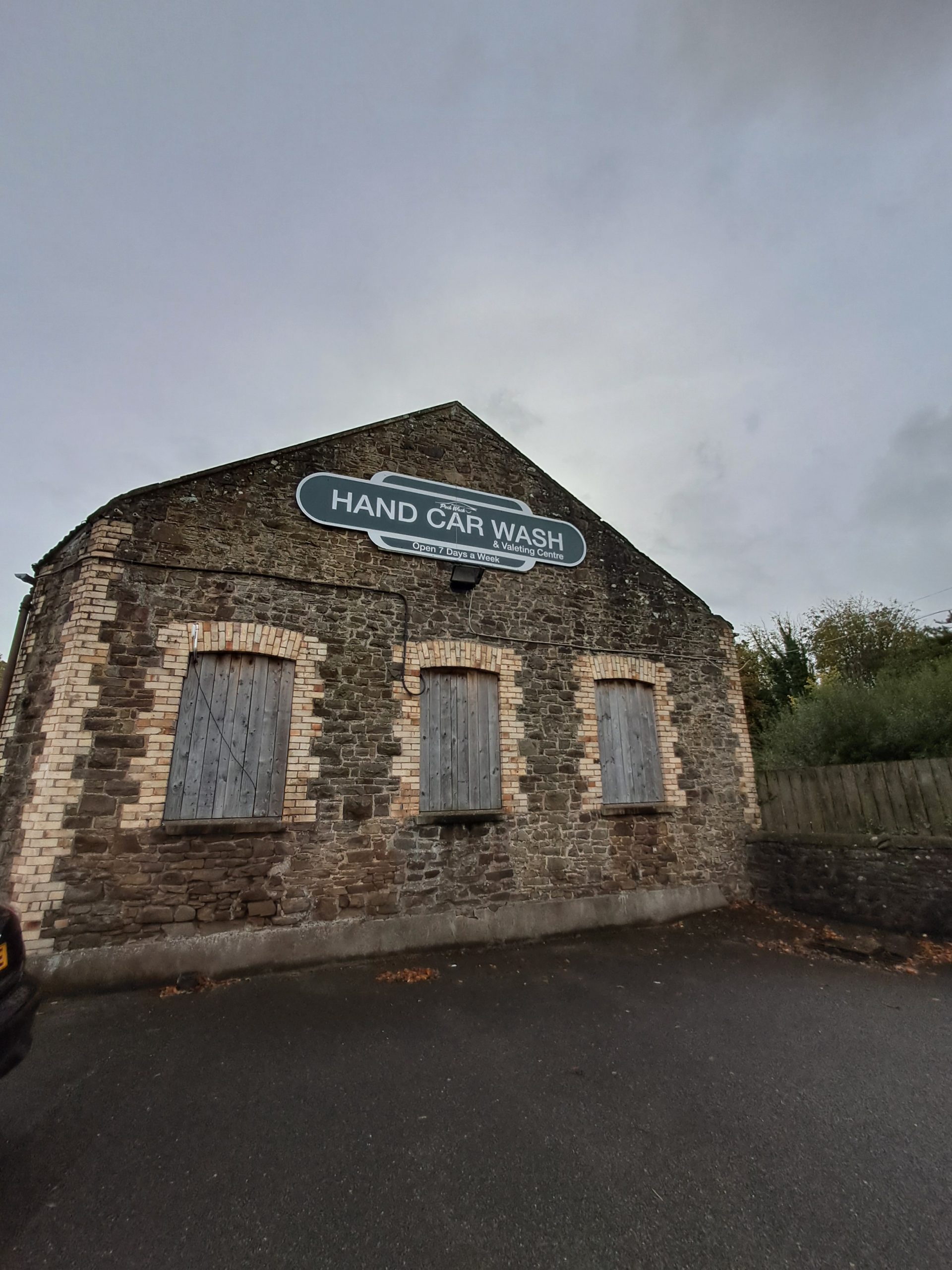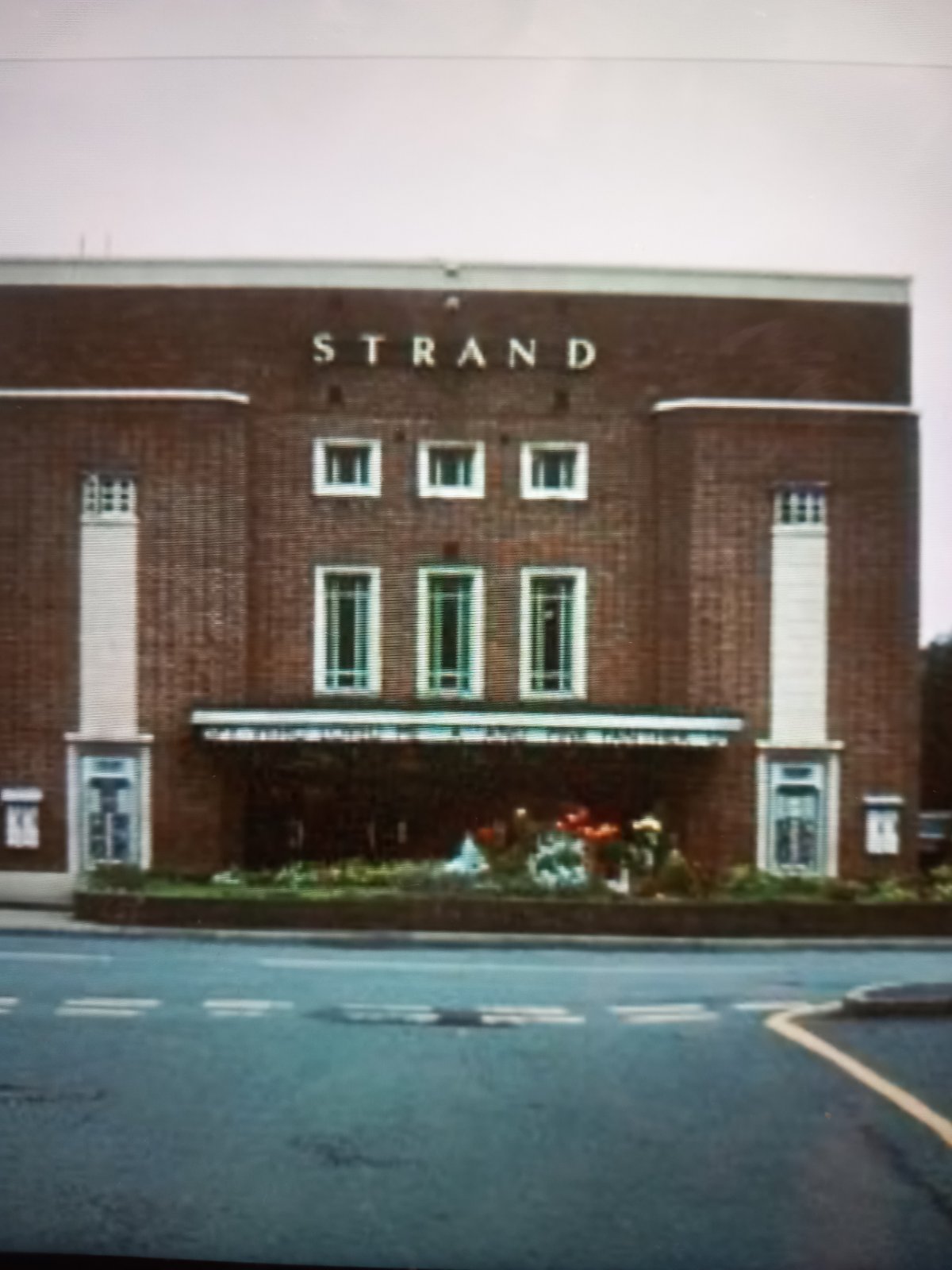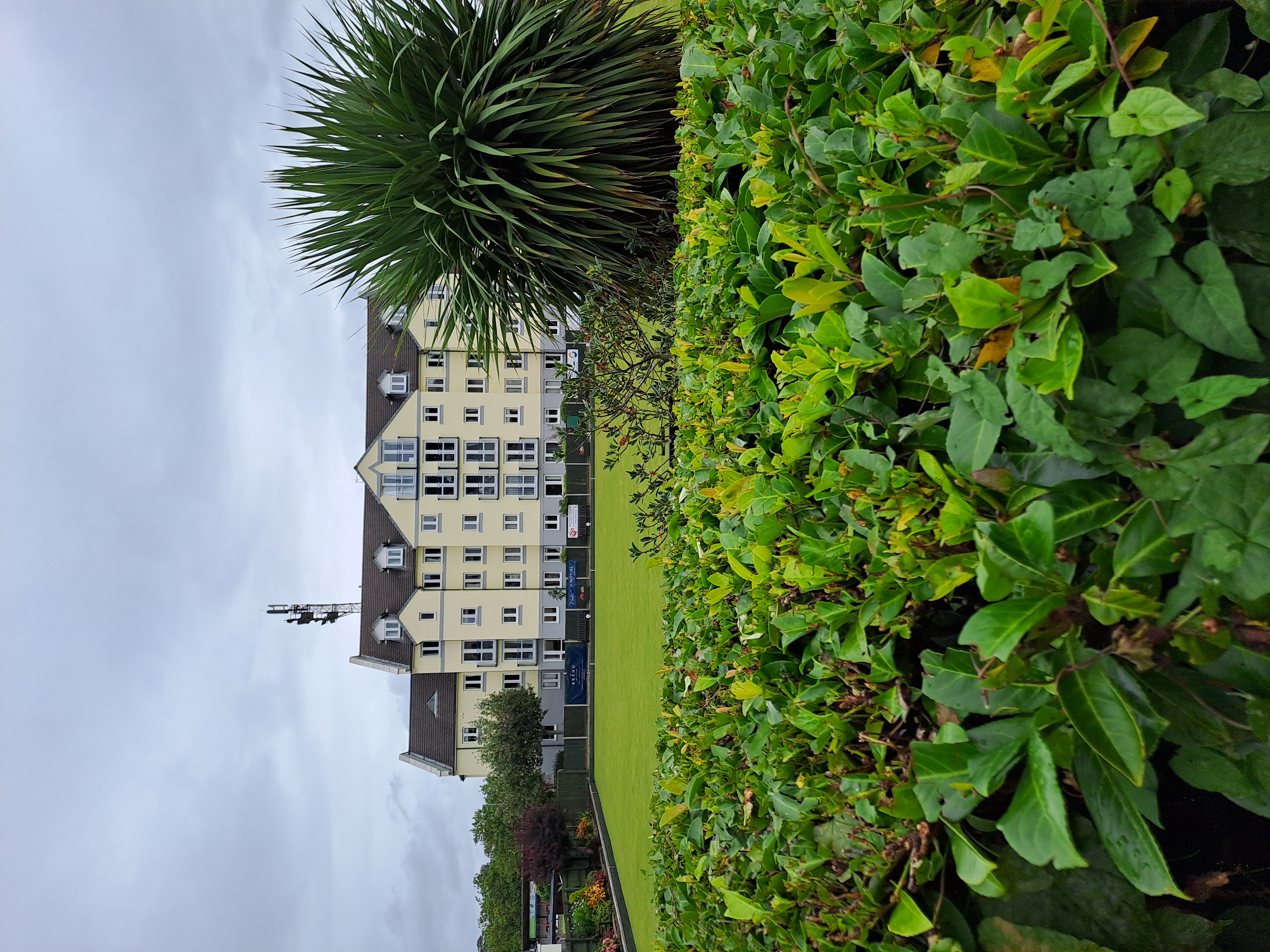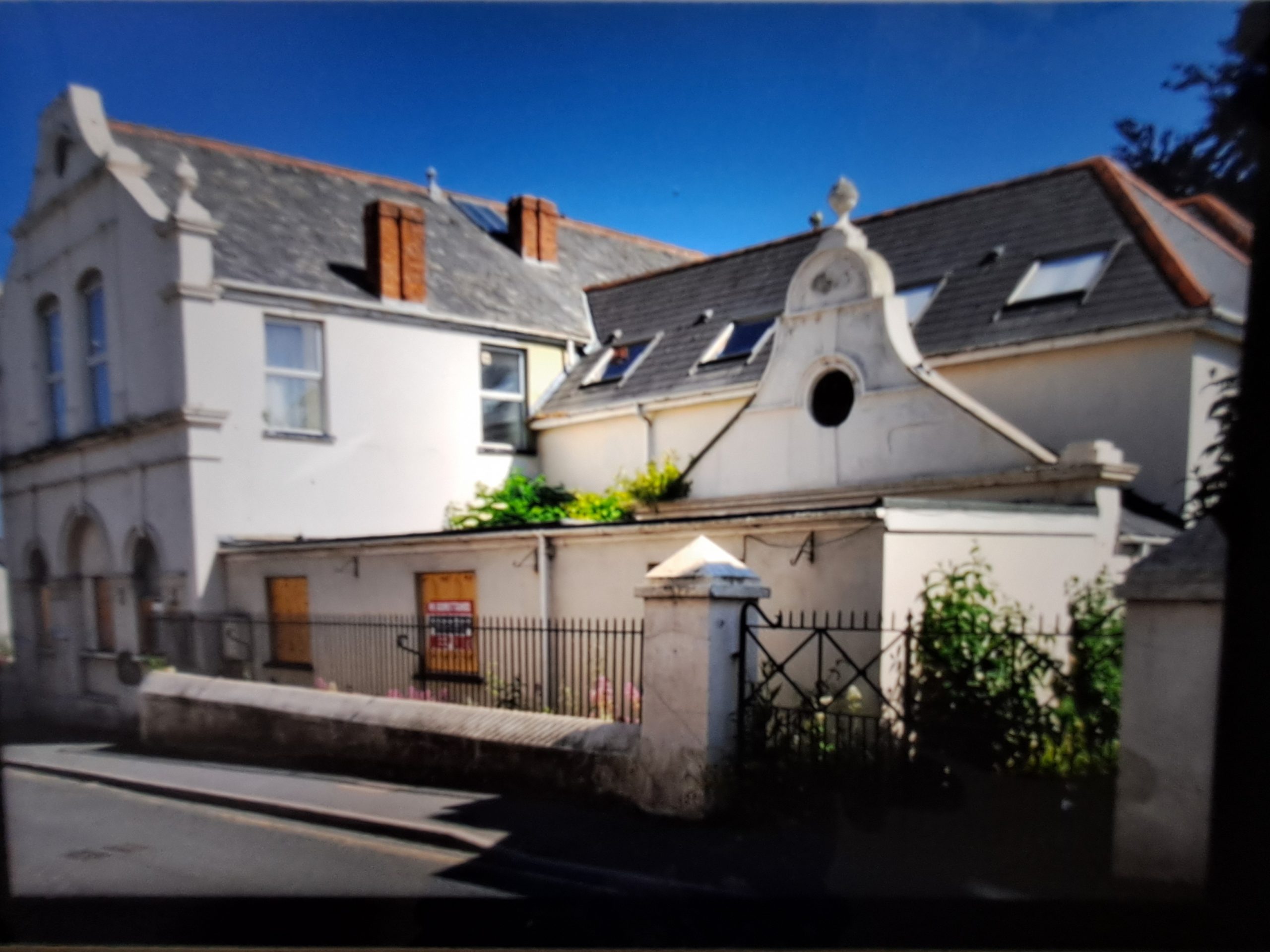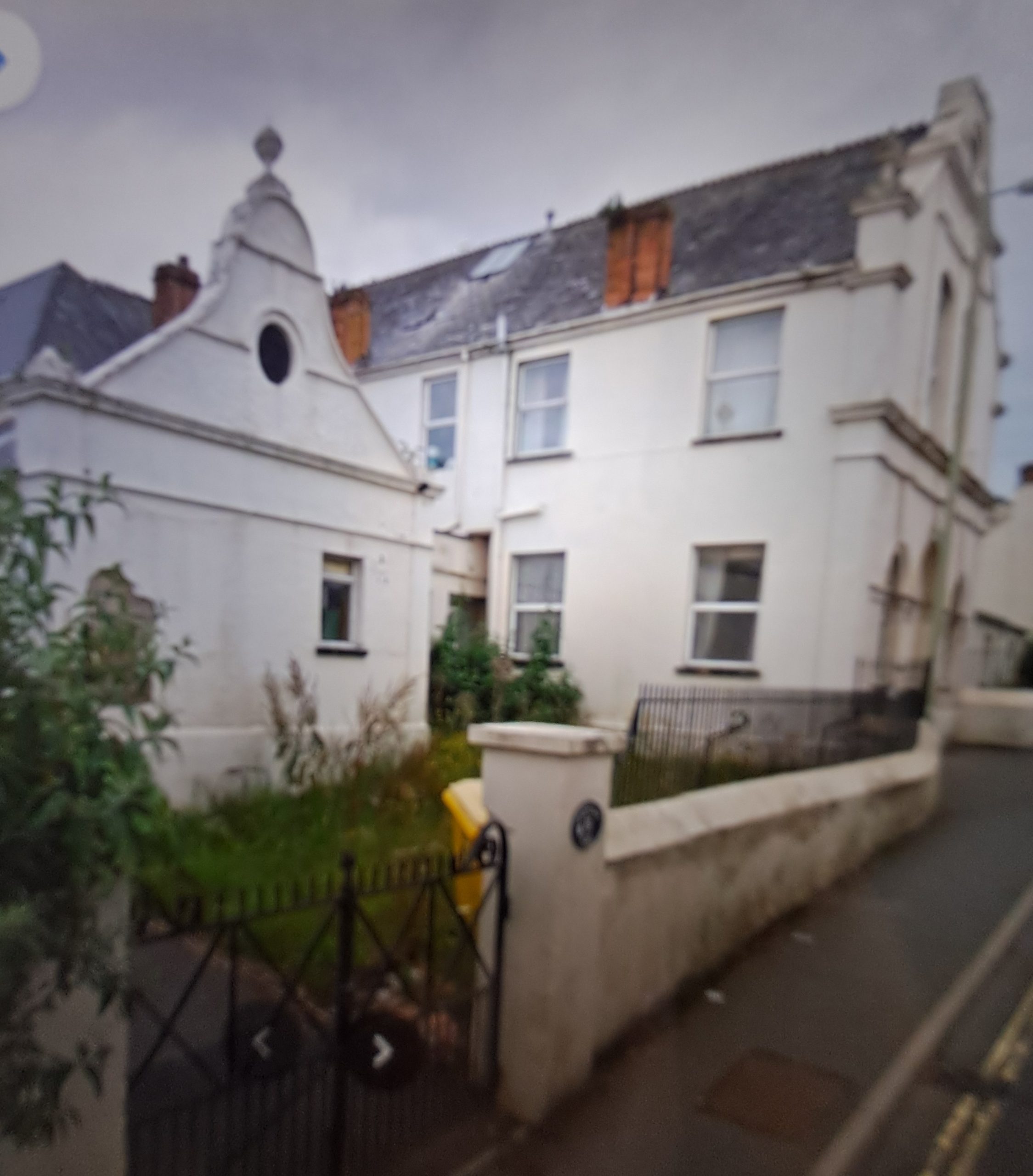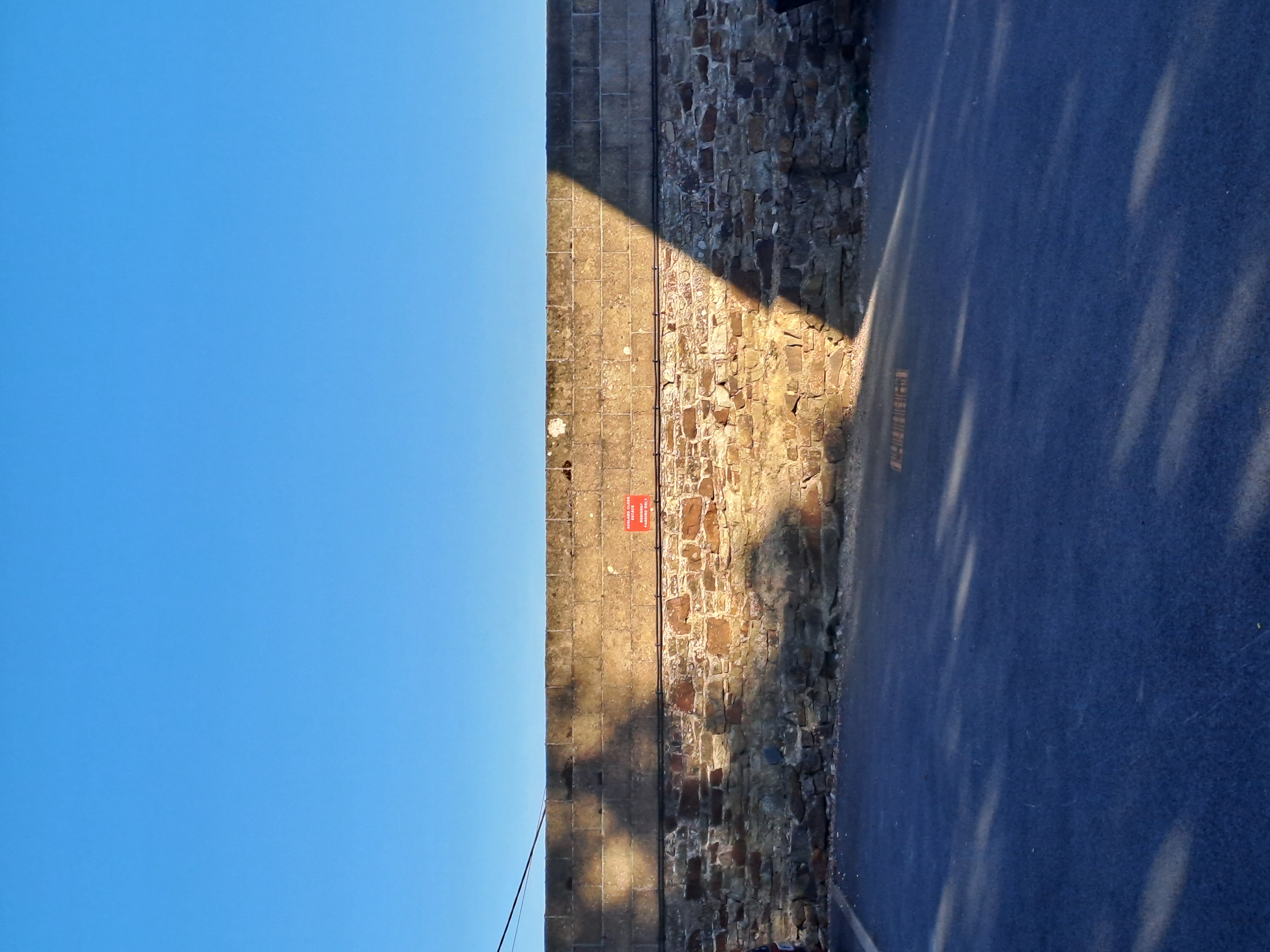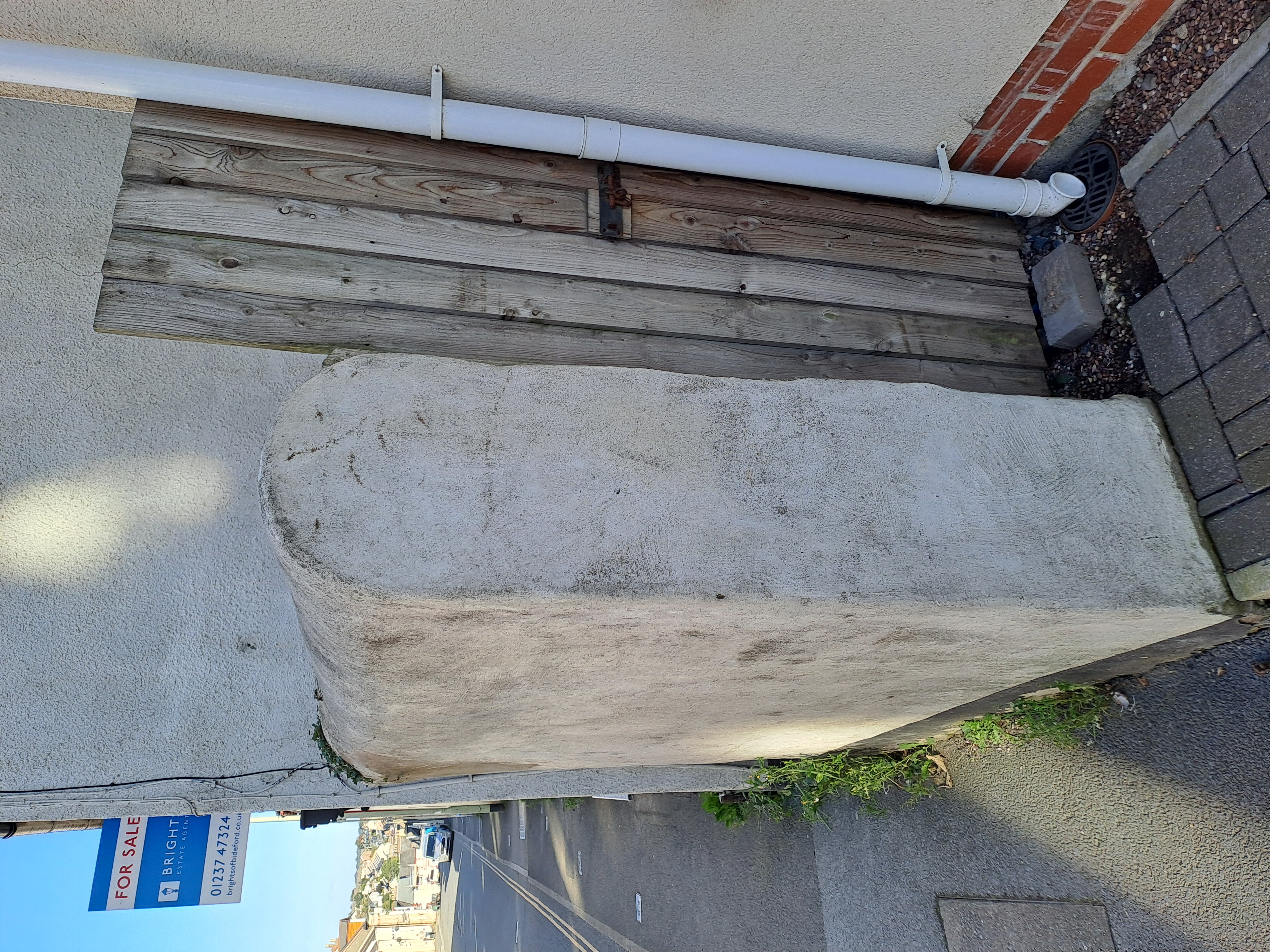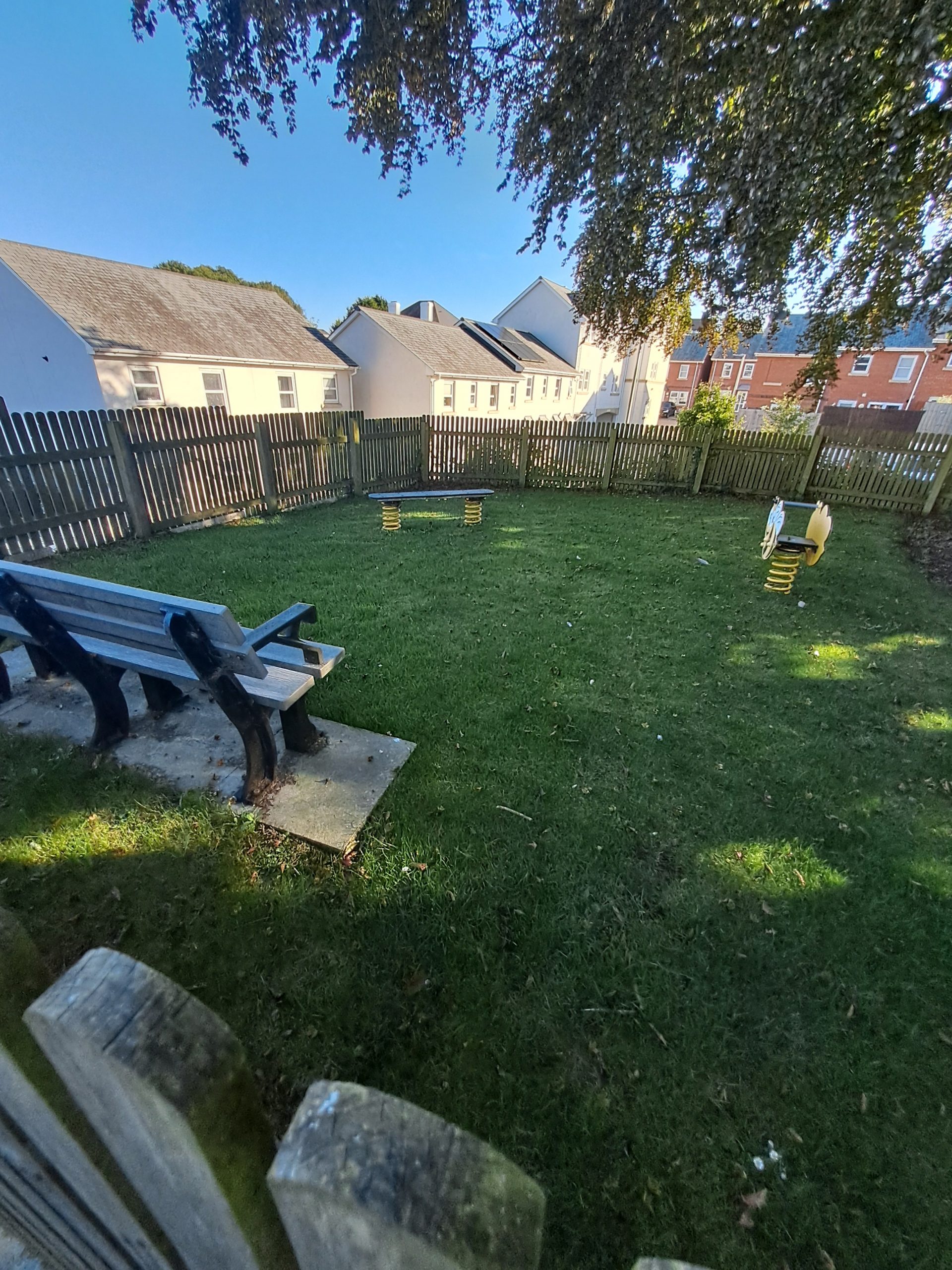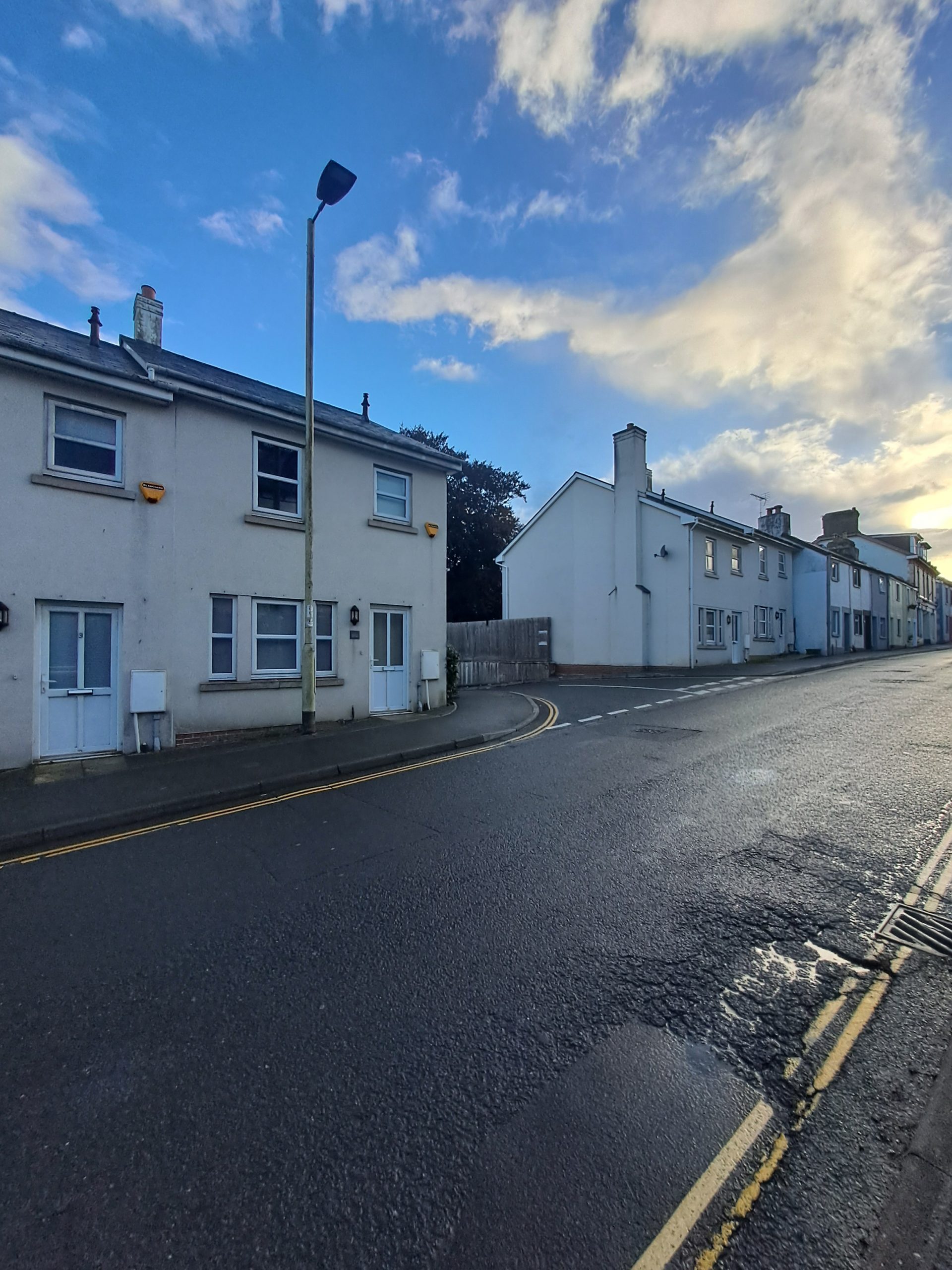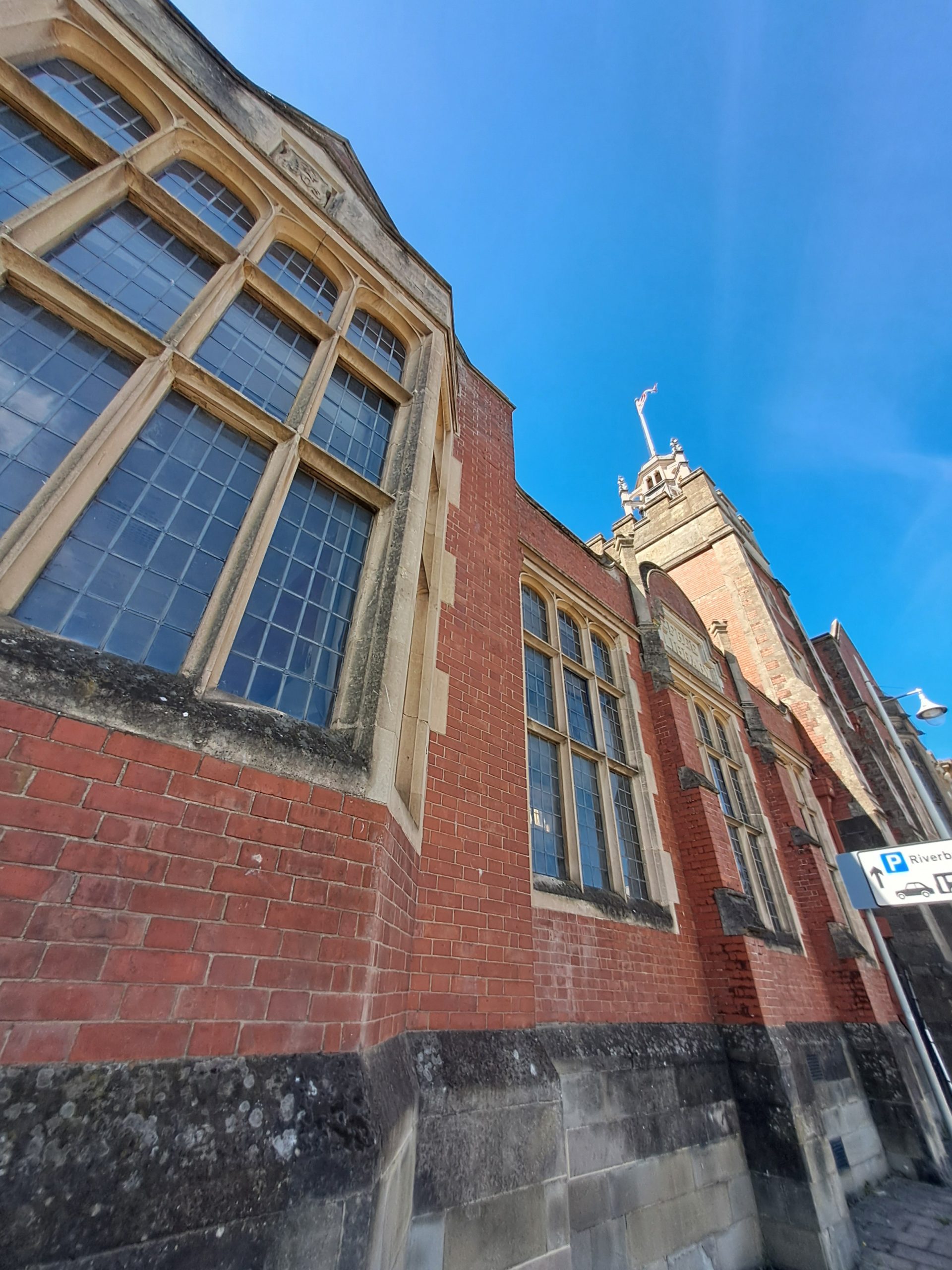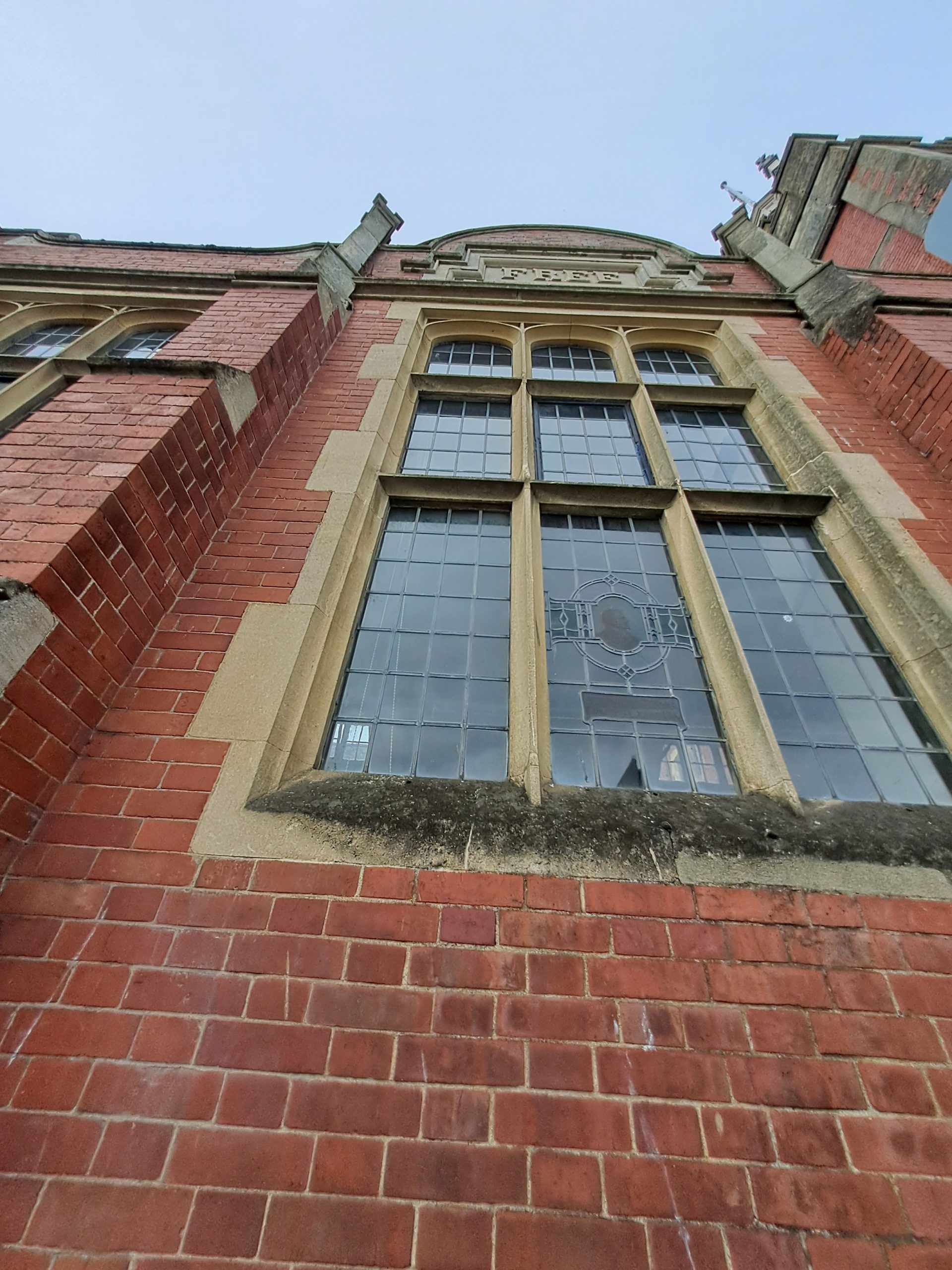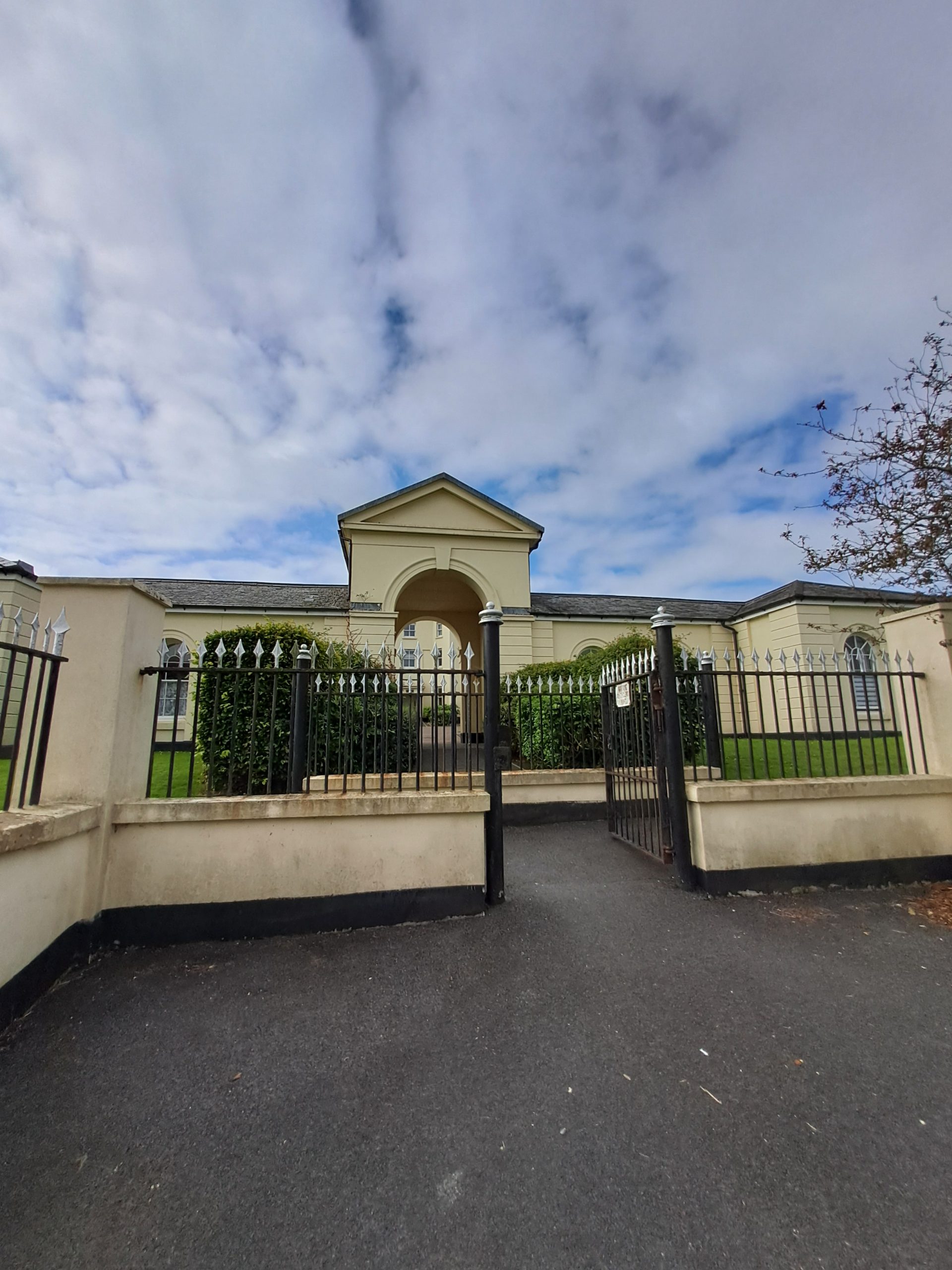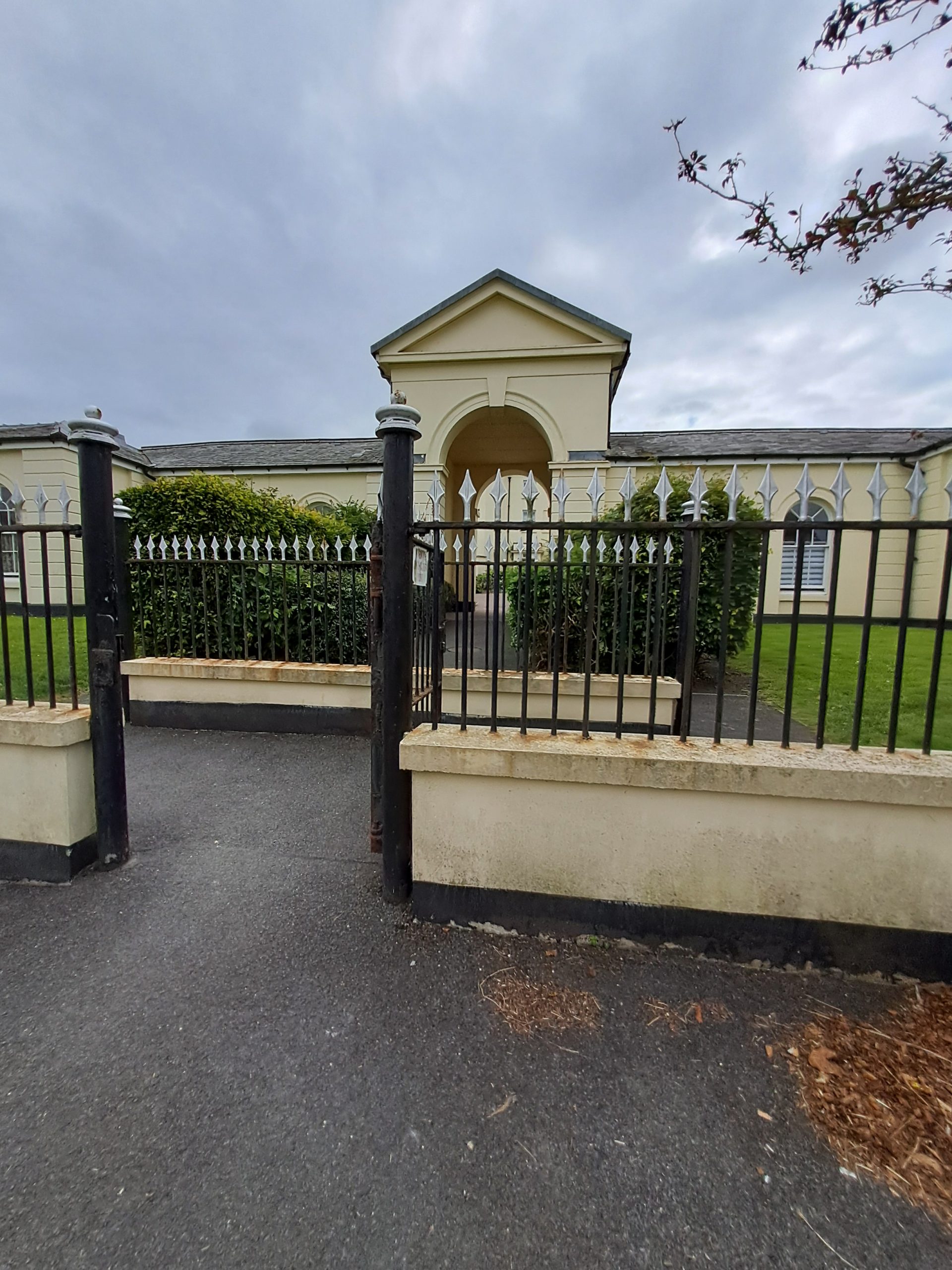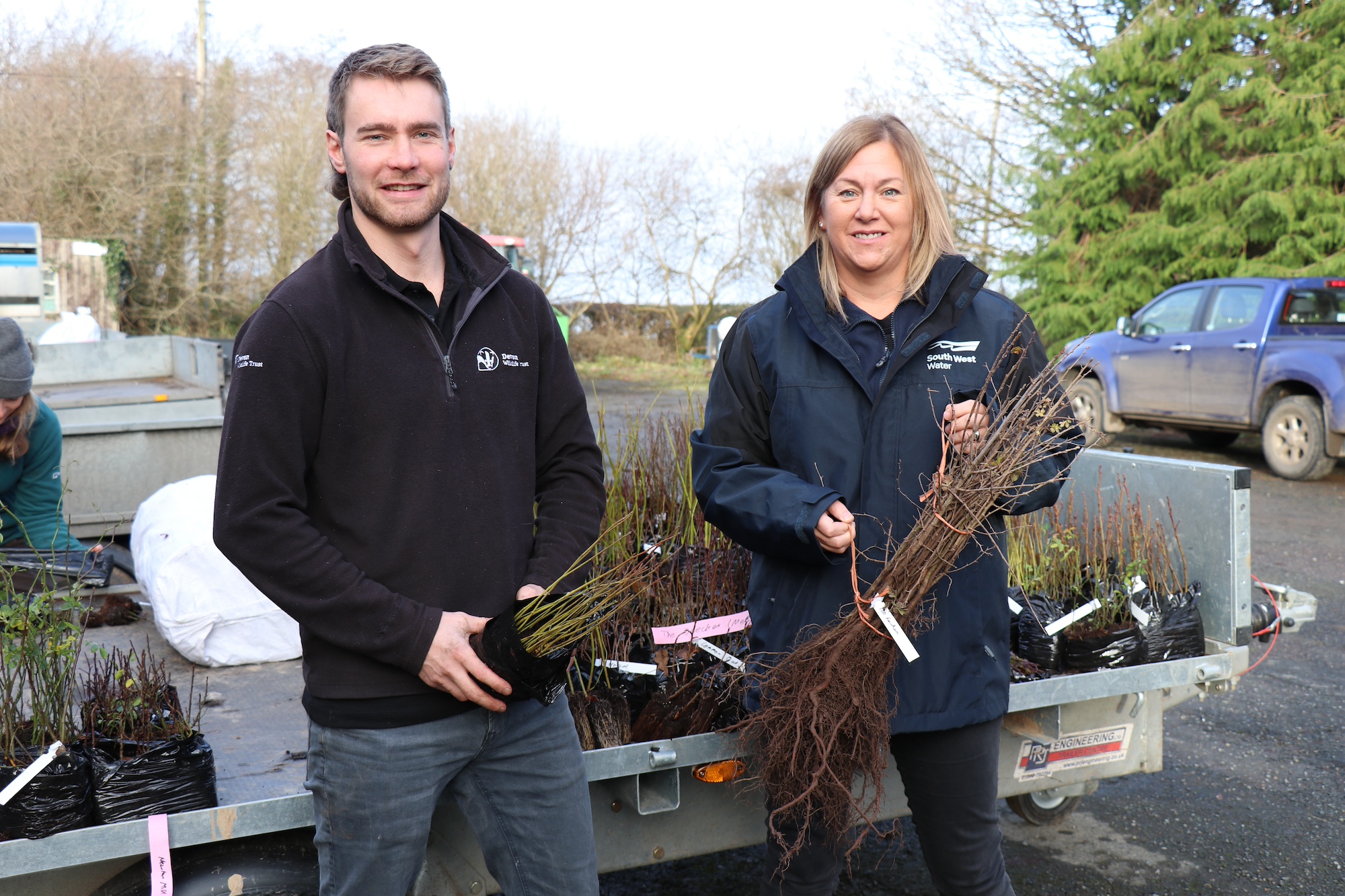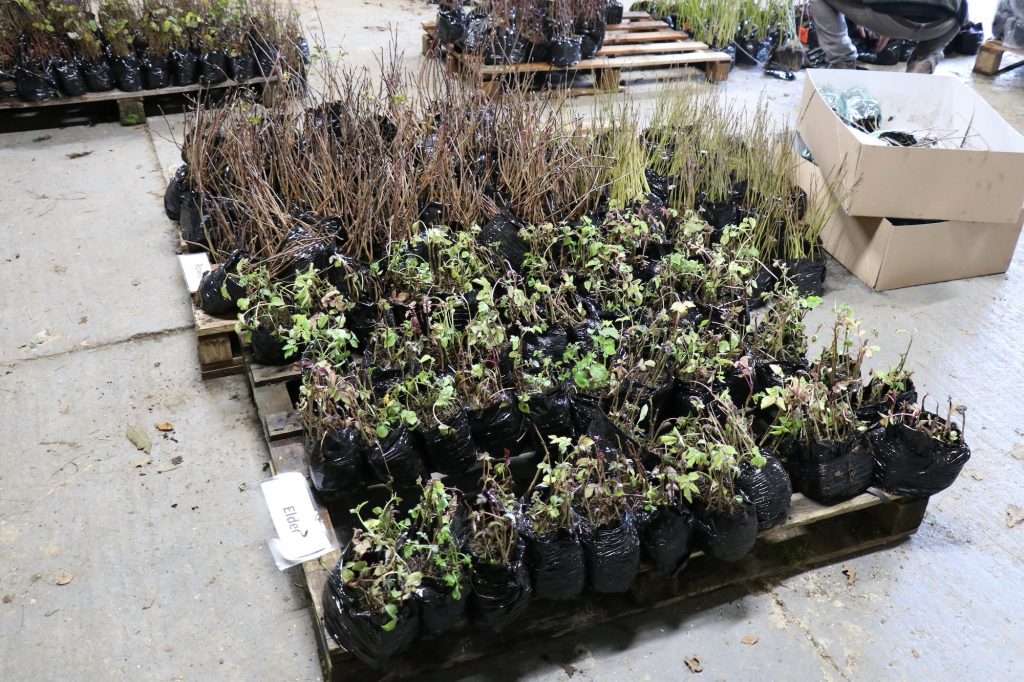E H Hopcraft, 1 Mill Street, Bideford – addition of Ladies’ Saloon; G Hopson & Son, 24 Mill Street, Bideford – the Nersag Mattress Support.
Posting Stables, Orchard Hill, near Bideford – horses, carriages, carts, harness, implements for sale by auction.
A Christmas treat for the children of Bideford.
Mr H W Huxham, of Bideford, has been appointed specialist judge of Scandaroon pigeons at the Palace.
Bideford Baptists at the conclusion of their bazaar had the satisfaction of learning that the debt of £142 3s 3d on the Hillgarden property had been completely wiped out with about £10 over. The success was due to the loyal cooperation of Church workers, who prepared an attractive array of stalls and tastefully decorated the Assembly Hall, where the sale of work was held. The opening ceremony, performed by Mr and Mrs R M Rowe of Ilfracombe, was presided over by Mr F T Upton, JP.
At the close of Bideford Borough Sessions, the Mayor, Dr E J Toye, mentioned that as that was the last occasion he should be presiding as chief magistrate, he wished to express his thanks to the Clerk, Mr T A Goaman, and all the officials concerned, for their assistance in the conduct of the business of the court, and which had perhaps given him sometimes the appearance of greater legal erudition than he could claim.
Alderman W T Goaman expressed the pleasure and honour it gave him to propose the election of Alderman Metherell, and mentioned that it was only after some amount of pressure by his colleagues that their good friend was prevailed upon to allow his name to be submitted to the full Council. They realized that although he had filled the office with dignity on two occasions some nineteen or twenty years ago, yet he had done so much public work and had made such sacrifices, material and physical, for the sake of the borough and the district and the county that they felt they would be doing the town an honour and Mr Metherell an honour if they made him Mayor for the third time of this historic town.
A few members of Bideford Swimming Club visited Mr and Mrs Jack Bale, in their new home, and Dr M W Littlewood (captain) in a few well chosen words asked them to accept a small oak table from the members of the Club as a wedding gift.
Mr John Duxbury, a clever elocutionist, gave two recitals in the Bideford Assembly under the auspices of the Bideford and Wesleyan and Baptist Recreation Club. Both recitals were particularly well attended, and Mr Duxbury was given a great ovation. The chair was occupied in the afternoon by Alderman John Cock.
Bideford Borough Magistrates on the application of Mr O W Ward granted Mr J T Miller, of the New Inn Hotel, an extension until 11pm on the occasion of the Mayor’s banquet on November 11th.
Considerable interest was taken in an alleged poaching prosecution which came before Bideford Borough Magistrates and was dismissed after a hearing extending to nearly two hours, though the Bench expressed the opinion that the police were perfectly justified in bringing the case forward. Frederick Charles Nicholls, tailor, of Honestone Street, was summoned to put it briefly, for having been found in possession of rabbits which it was alleged he had poached.
The marriage was solemnized at the United Methodist Church, Bideford, of Miss Annie Cleave, daughter of Mr and Mrs Cleave, of Sunningdale, Abbotsham Road, Bideford, and Mr Alec James Luxton.
Her many friends will learn with great regret of the death in Guy’s Hospital, of Miss Mabel Wheeler, elder daughter of Mr G J D Wheeler, of Victoria House, Clovelly-road, Bideford. Death of Mr H Deighton Pearson, brother of Dr Ellis Pearson, of the Strand, Bideford. The funeral took place, the Rev W G Eeles, of Mrs Margaret Verren, of the old King of Prussia house, New-street, Bideford. Mrs Verren was landlady for 45 years prior to its closing about twelve years ago. A licence for selling beer had been held for 300 years previous. The bearers were six nephews and great nephews, Messrs John Verren, J Verren jnr, William Verren, Albert Verren, Fred Verren and Bert Verren. Mr T Andrew, Clovelly Road, Bideford, has died.
One of Bideford’s oldest and most respected inhabitants passed peacefully away at 6 New Street, Bideford, in the person of Nurse Rounsfille at the age of 89. Of a most kindly disposition, she was greatly beloved by a very wide circle of friends. She leaves two sons, Messrs W Davis and J Davis, JP, and a daughter, Mrs J Brayley, to mourn their loss.
___________________________________________________




